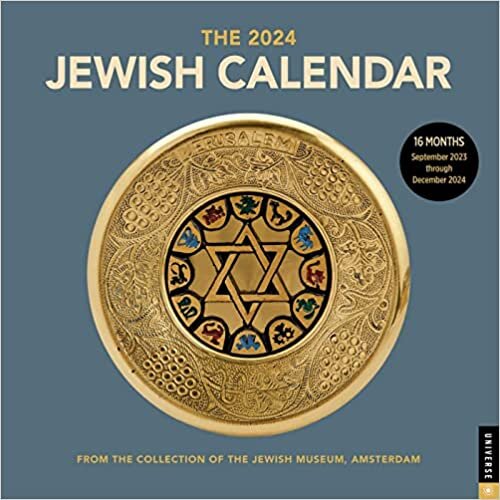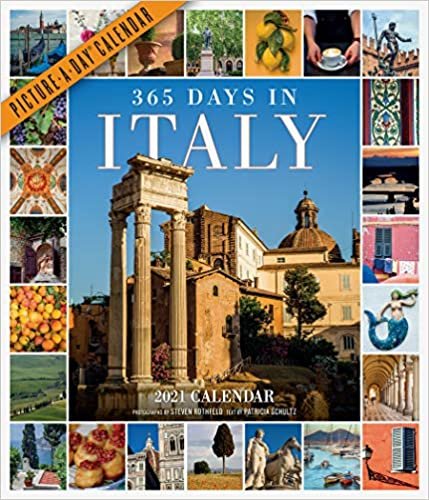ダウンロード Ancient Greece’s Most Important Islands: The History of Crete, Rhodes, and Sicily in Antiquity (English Edition) fb2 本
から Charles River Editors
本の説明
*Includes pictures*Includes a bibliography for further reading*Includes a table of contentsNearly 2,500 years after the Golden Age of Athens, people across the world today continue to be fascinated by the ancient Greeks, but who did the Ancient Greeks look up to? The answer to that question can be found in Homer’s The Odyssey, in which Odysseus makes note of “a great town there, Cnossus, where Minos reigned.” It was perhaps the earliest reference to the Minoan civilization, a mysterious ancient civilization that historians and archaeologists still puzzle over, but a civilization that renowned historian Will Durant described as "the first link in the European chain.” Nearly 2,000 years before Homer wrote his epic poems, the Minoan civilization was centered on the island of Crete, a location that required the Minoans to be a regional sea power. And indeed they were, stretching across the Aegean Sea from about 2700-1500 BCE with trade routes extending all the way to Egypt. Modern perceptions of Classical Greece are almost invariably based on Athens and Sparta, but there are perhaps few areas as consistently undervalued as the island of Rhodes. Although solidly part of the Greek world for as long as there has been one, Rhodes, located just off the coast of Asia Minor, was also from its earliest times a port opening to the civilizations of the Eastern Mediterranean, and Rhodes was involved in every significant moment in ancient Greek history. The island often played a key role in world events which far surpassed its small size, and at one point even stood side-by-side with much larger kingdoms as one of the main powers in the Greek world. In the Archaic and Classical periods, Rhodes often stood as a prime exemplar of the highs and lows of its fellow Greek cities, and as the largest island of the Dodecanese, Rhodes’ history is largely in line with that of the rest of those islands. Rhodes would reach the zenith of its power in the Hellenistic period following the death of Alexander the Great in 323 BCE. Even as the rest of the city-states waned compared to the much larger kingdoms of Alexander’s successors in Egypt and Asia, Rhodes would come to the forefront as a main power in the Greek world, standing toe-to-toe with these Hellenistic kingdoms. Rhodes was for a time the foremost naval power in the Eastern Mediterranean, and one of the most powerful and richest cities in the world. It was during this time that the Colossus of Rhodes, one of the Seven Wonders of the Ancient World, was built on the island to celebrate Rhodes’ equally monumental triumph over the armies of Demetrius the Besieger. It is hard to find an island on the map more central than Sicily. Located at the crossroads between Europe and Africa, and between the Eastern and Western Mediterranean, Sicily has rarely been governed as an independent, unified state. Nonetheless, the island has always occupied a front-row seat to some of the most important events in history, and nowhere is this more obvious than during antiquity. It was during the Classical era that, especially under the tyrants (dictators) of the Greek city of Syracuse, Sicily came the closest to being governed as a single, unified, and independent state. In time, it came to challenge the powerful trade empire of Carthage, a former Phoenician colony in North Africa, and it vied with the cities and kingdoms of mainland Greece for primacy in the Greek world. Later on, Sicily would be both a prize and a battlefield during the First Punic War (263-241 BCE) and, to a lesser degree, also during the Second Punic War (218-201 BCE). These were massive, protracted conflicts between Carthage and the rising Roman Republic, and Rome would subsequently become the main power in the Mediterranean on its way to ruling much of the known world. Sicily would go on to become the Roman Republic’s first territory outside of Italy and its first province.
人気のある作家
DK (181) CGP Books (159) J. K. Rowling (129) Who HQ (122) Terry Pratchett (81) Andrea Pineda (76) Carlos Ramirez (75) Mary Pope Osborne (66) Erin Hunter (60) Dr. Seuss (54) Mo Willems (50) Dav Pilkey (46) Eric Carle (46) Rick Riordan (38) Sal Murdocca (38) Roald Dahl (37) J.R.R. Tolkien (36) Brandon Sanderson (33) Disney Storybook Art Team (33) Laura Marsh (25)


























